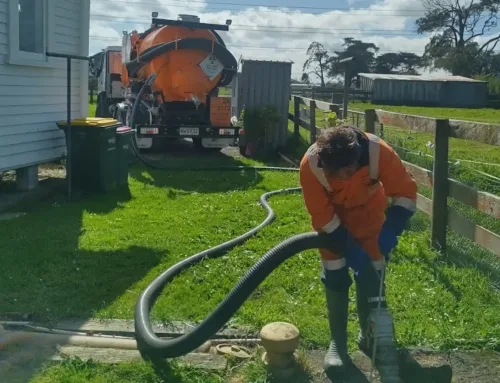The Ultimate Guide To Reclaim Waste
Table of ContentsReclaim Waste for BeginnersNot known Facts About Reclaim WasteAn Unbiased View of Reclaim WasteRumored Buzz on Reclaim WasteThe 4-Minute Rule for Reclaim Waste
Residential sewage waste refers to the waste and items from a property septic container. The correct monitoring and disposal of residential sewage waste call for fluid waste to be moved to a sewer treatment plant where the proper approaches and equipment are applied to cleanse and dispose of waste.
Business waste often includes prospective risks, such as combustible materials or a blend of fluid and strong waste products, and requires an advanced and detailed disposal process. The disposal of industrial waste usually entails the filtration of waste prior to transport to make sure risk-free and appropriate disposal. Hazardous waste is developed from results and drainage of industrial processes and production.
This kind of waste can not use the exact same sewage administration transport or processes as septic or industrial liquids. The industrial waste administration process needs the assessment and screening of liquid waste before it goes through the disposal procedure (liquid waste disposal melbourne). Runoff waste is the liquid waste that originates from drainage and excess stormwater in extremely booming areas or cities
Drainage waste can create contamination and flooding if not taken care of properly. Making certain appropriate waste management can protect against calamities and decrease ecological damage.
The Definitive Guide for Reclaim Waste
Contact PROS Providers today to find out about our waste monitoring and disposal solutions and the proper ways to look after the liquid waste you generate.
This supposed 'wastewater' is not only a vital source but, after treatment, will certainly be launched to our land, rivers or the ocean. Made use of water from toilets, showers, bathrooms, kitchen sinks, laundries and commercial processes is understood as wastewater.

water used to cool down machinery or clean plant and tools). Stormwater, a form of wastewater, is drainage that flows from agricultural and city areas such as roof coverings, parks, gardens, roadways, paths and gutters right into stormwater drains, after rainfall. Stormwater moves unattended directly to neighborhood creeks or rivers, ultimately getting to the sea.
Some Known Factual Statements About Reclaim Waste
In Queensland, a lot of wastewater is dealt with at sewer therapy plants. Wastewater is transported from domestic or industrial sites through a system of sewers and pump stations, called sewerage reticulation, to a sewer therapy plant. City governments build, maintain and operate most sewage treatment plants. Operators are licensed under the Environmental Security Act 1994 to discharge treated wastewater at an acceptable environmental standard additional hints into waterways.
The Division of Natural Resources advises regional governments concerning handling, operating and preserving sewage systems and therapy plants. In unsewered locations, city governments may need owners to install specific or house sewer treatment systems to deal with domestic wastewater from toilets, cooking areas, washrooms and laundries. The Division of Natural Resources authorizes making use of household systems when they are shown to be effective.
A lot of stormwater receives no therapy. In some new subdivisions, therapy of some stormwater to eliminate litter, sand and crushed rock has started utilizing gross toxin traps. Wastewater treatment takes place in four phases: Eliminates solid issue. Larger solids, such as plastics and various other items wrongly released to sewers, are gotten rid of when wastewater is passed with displays.
Utilizes small living microorganisms understands as micro-organisms to damage down and remove staying liquified wastes and fine fragments. Micro-organisms and wastes are incorporated in the sludge.
Reclaim Waste Things To Know Before You Get This
Nutrient elimination is not readily available in all sewer therapy plants since it needs costly specialist equipment. It is ending up being a lot more usual in Queensland. Clear fluid effluent generated after treatment may still include disease-causing micro-organisms. If this effluent is launched right into waterways such as rivers or the sea, the micro-organisms will eventually pass away out.

A lot of wastewater streams right into the sewage system. Under the Act, regional federal governments provide authorizations and licences for eco appropriate tasks (Ages) entailing wastewater releases that could have a regional influence.
What Does Reclaim Waste Do?
Or else, samples are taken for laboratory evaluation. Commonly many tests are needed to establish the degrees of each of the various pollutants such as oils, heavy steels and chemicals in water. Tracking offers factual info regarding water top quality and can validate that permit problems are being fulfilled. The information obtained through monitoring offers the basis for making water high quality choices.
Comments on “About Reclaim Waste”